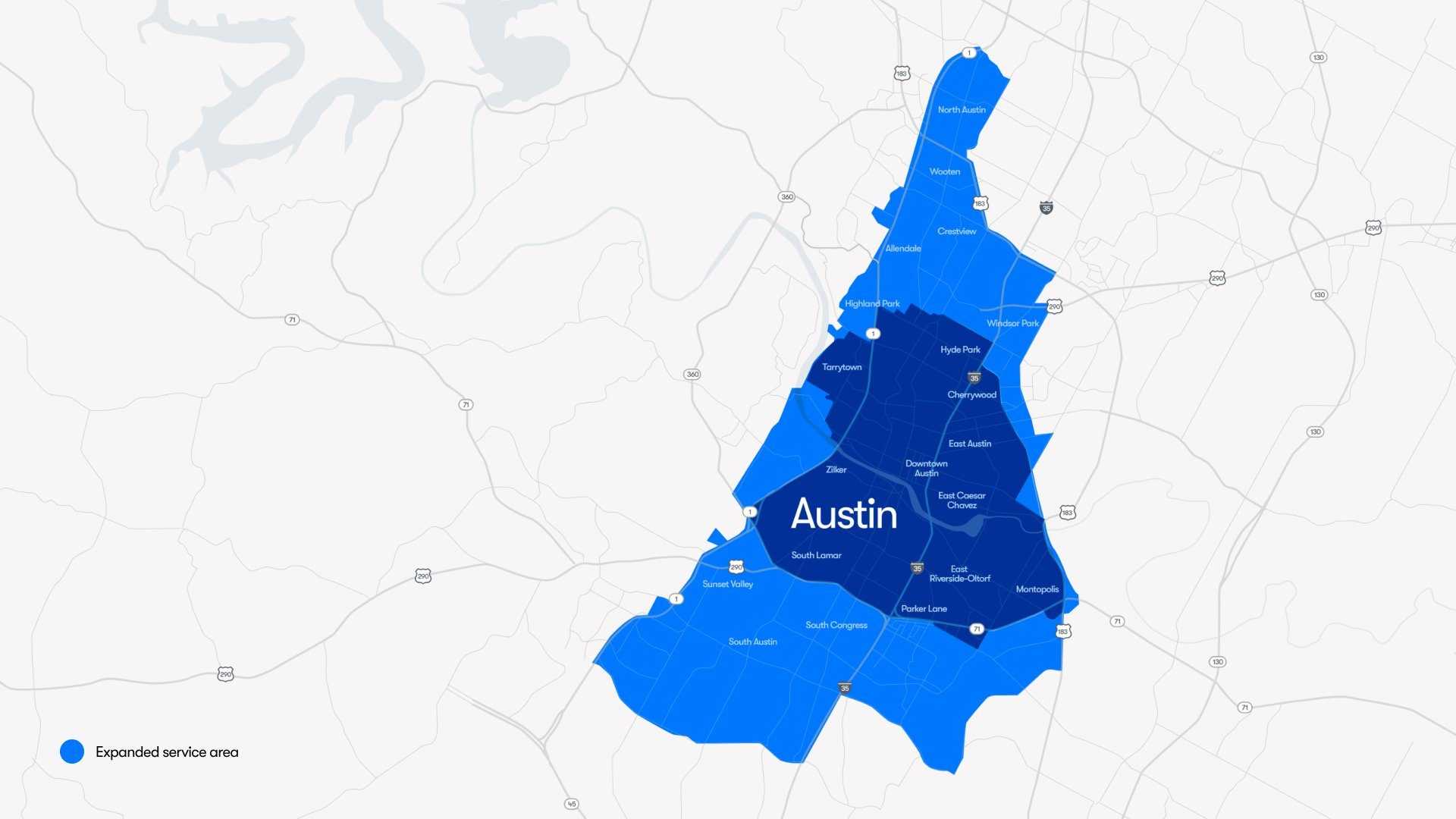Business
Waymo Doubles Robotaxi Service Area in Austin Amid Competition

AUSTIN, Texas — Alphabet Inc.’s Waymo has expanded its robotaxi service area in Austin, Texas, from 37 square miles to 90 square miles as part of a strategic effort to stay ahead of emerging competitors like Tesla. The announcement was made on Thursday, just weeks after Tesla launched its own limited robotaxi service in the area.
Waymo’s expanded coverage now includes neighborhoods such as Crestview, Windsor Park, Sunset Valley, and Franklin Park. With over 100 vehicles operating on the Uber platform, the service can now cater to a larger population in this rapidly growing city.
Shweta Shrivastava, Waymo’s senior director of product management, emphasized, “Austin remains one of the fastest-growing cities in the country, and we are doing our part to grow with it.” Waymo’s aggressive expansion follows years of gradual growth in the autonomous vehicle market. The company currently operates approximately 1,500 vehicles in various cities, including San Francisco, Los Angeles, and Phoenix.
In contrast, Tesla has recently tested its Model Y robotaxis in a limited 42-square-mile area of Austin. The automaker relies solely on cameras and artificial intelligence for its autonomous technology. Analysts suggest that Tesla’s integrated model could potentially reduce per-mile costs by 30% to 40%.
Waymo is also gaining traction in the autonomous ride-hailing sector, having recently celebrated the milestone of 100 million fully autonomous miles driven without human intervention. Unlike Tesla’s robotaxis, which are available only during certain hours and require a safety monitor, Waymo’s services operate 24/7 and are accessible to all users.
As both companies continue to push the boundaries of self-driving technology, the competition between Waymo and Tesla is anticipated to intensify in the coming months. Waymo’s expansion is seen as a critical move to solidify its position in the evolving landscape of autonomous vehicles.












